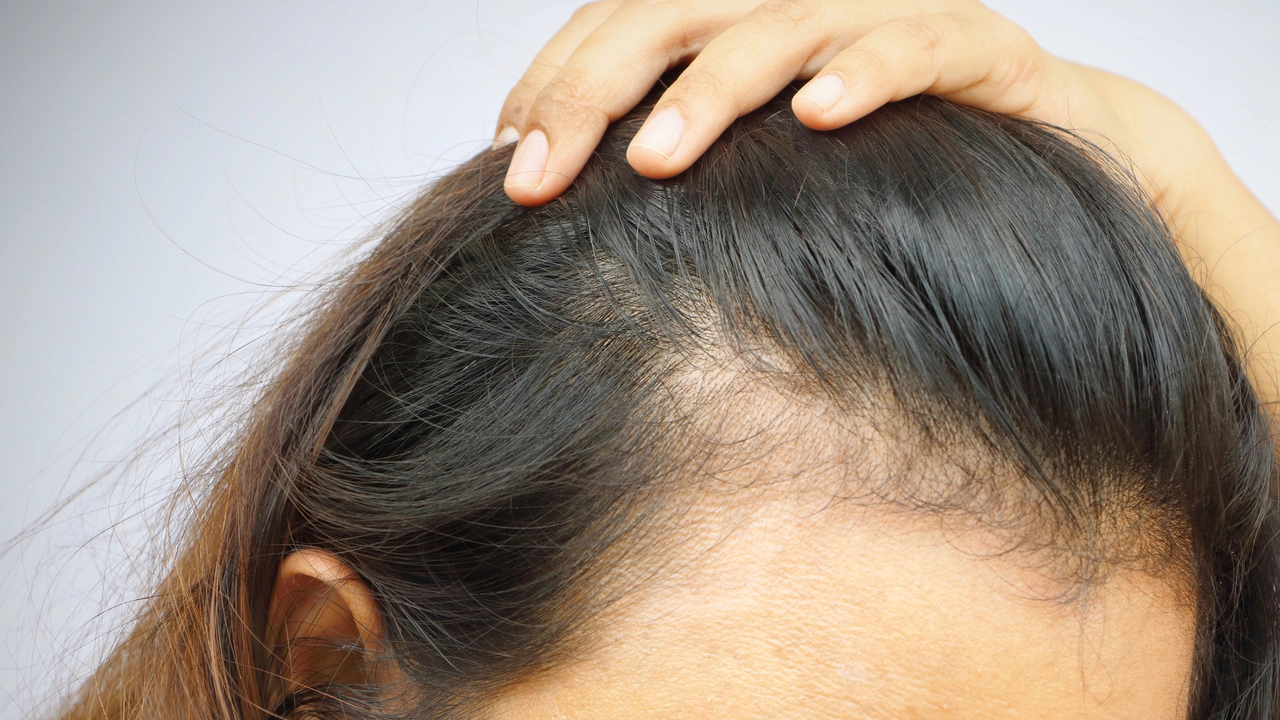Hair loss: causes, quick fixes, and when to see a doctor
Noticed more hair in the shower or on your pillow? That can feel scary, but a lot of hair loss is treatable or reversible if you act early. This page pulls together clear steps and realistic options so you know what to try first and when to get help.
What causes hair loss?
Hair falls out for many reasons. Genetics (male or female pattern baldness) is the most common. Hormone changes like thyroid problems or postpartum shifts also cause shedding. Some medicines list hair loss as a side effect — statins, some blood pressure drugs, and chemotherapy are examples. Poor nutrition, especially low iron, low protein, or low vitamin D, makes hair thin. Scalp problems — fungal infections, severe dandruff, or autoimmune patches — can damage follicles. High stress and sudden weight loss trigger telogen effluvium, a temporary but alarming shedding.
What you can do today
Start with a quick checklist. Look over your medicines and ask if any can cause hair loss. Get simple blood tests: iron, TSH, and vitamin D. Improve protein intake and add iron-rich foods or supplements if tests show low iron. Stop tight hairstyles and switch to gentler brushes and low-heat styling. Use a gentle shampoo and don’t wash hair every day if it dries your scalp. Over-the-counter minoxidil (topical) helps many people and is worth discussing with a pharmacist or doctor. Avoid unproven "miracle" supplements and be wary of products that promise overnight regrowth. If you suspect a scalp infection, treat it quickly — fungal infections need prescription antifungals to stop damage.
When to see a doctor and what to expect
See a doctor now if you notice sudden heavy shedding, patches of complete hair loss, scalp pain, or signs of infection. Bring photos showing progress and a list of your medicines. A clinician will often order blood tests, check your scalp, and may perform a gentle pull test. For unclear cases they may suggest a referral to a dermatologist or a scalp biopsy. Treatments vary: topical minoxidil, finasteride for men, short courses of steroids for autoimmune patches, prescription antifungals, or procedures like PRP and low-level laser therapy. Realistic timelines matter — most treatments take 3 to 6 months to show improvement.
If you try minoxidil, apply it to a dry scalp twice a day. Expect temporary shedding before regrowth; it often takes six months to notice change. Finasteride needs a prescription for men and can slow hair loss; it works best on the crown and needs months of use. For permanent loss, surgical options like hair transplant are an option once hair loss stabilizes. Keep expectations realistic and weigh benefits versus side effects before starting drugs. Tracking helps you and your doctor.
Read more on our site for specifics about medications, supplements, and tests. Track your hair loss with photos, keep a short record of symptoms, and talk openly with your doctor. Small changes early often make the biggest difference.

